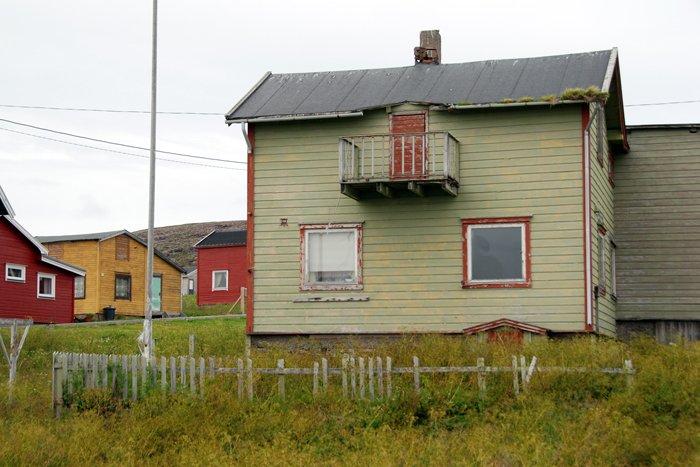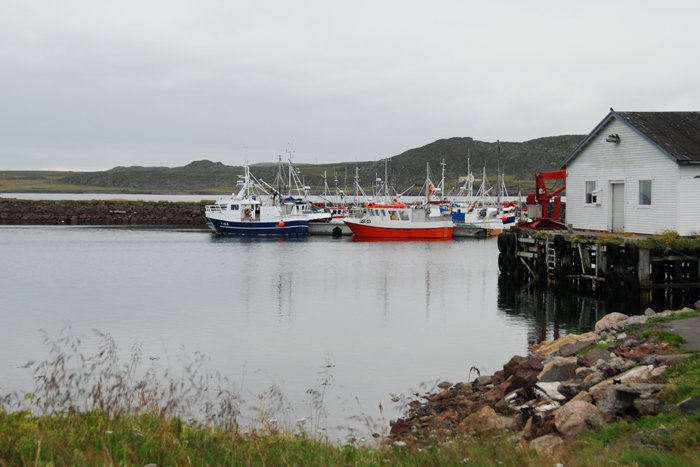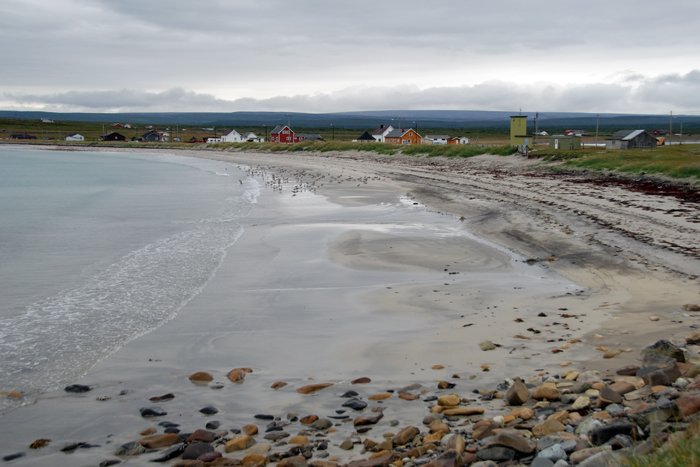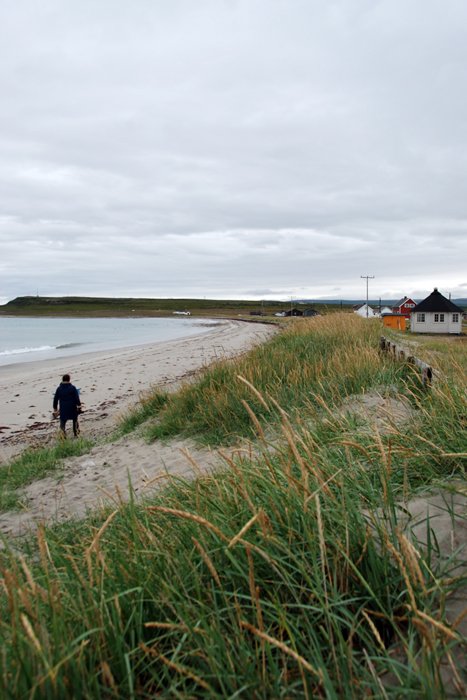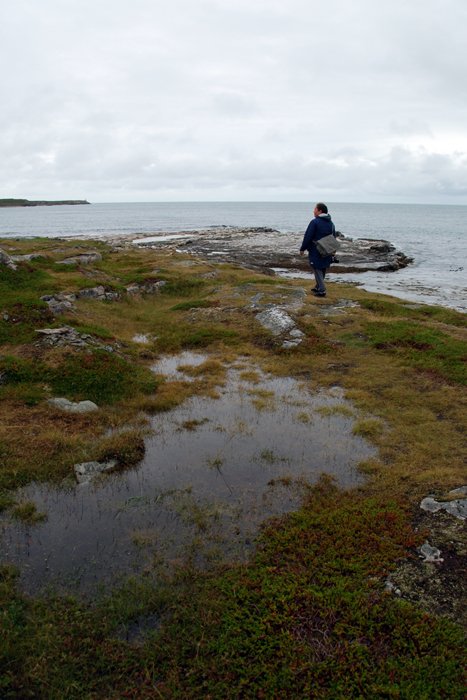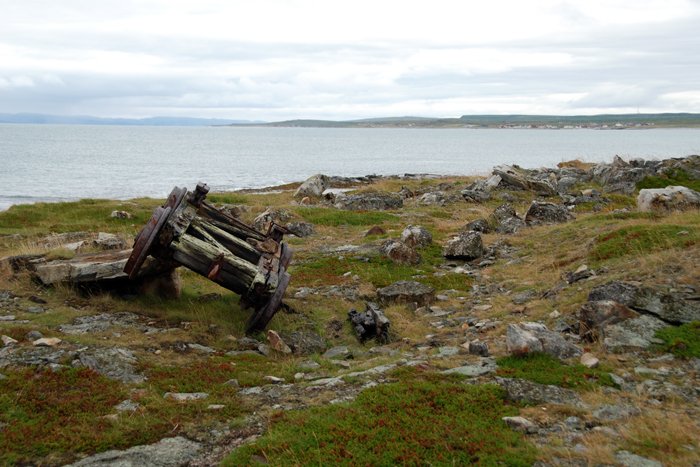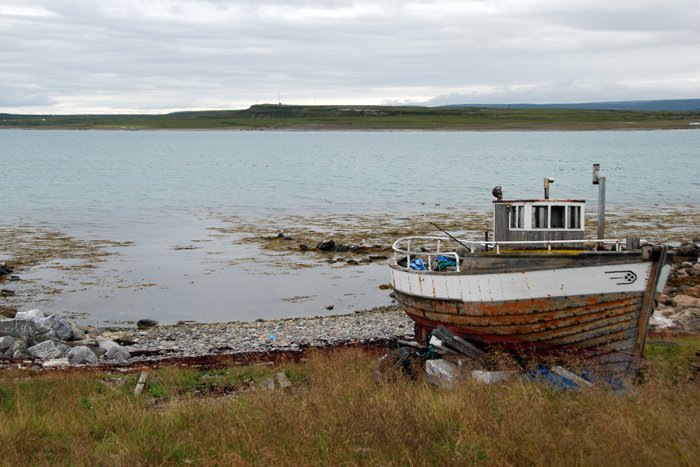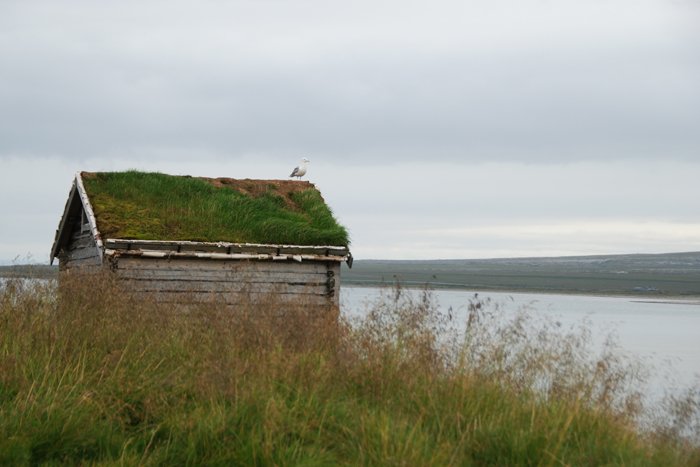
In the the north-eastern corner of Norway life is dominated by the arctic nature and the icy cold waters of the Barents Sea. It is one of the most extreme places in Europe - sparsely populated and one of the places it is difficult to understand that anyone can live. But people have lived here for a thousand years. At all times it has been the rich resources of the sea which has given people a basis of life. To day living conditions have changed, causing depopulation. But Varanger Peninsula in Finnmark county has a rich history and a spectacular arctic nature well worth exploring.

A few years ago I was visiting a friend who lives in Vadsø. It was my first trip to an arctic area. I wanted to experience the special landscape, learn about the history and the people who live in this rather inhospitable part of our country. During my one week visit we went to many small towns and drove several hundred of kilometers.
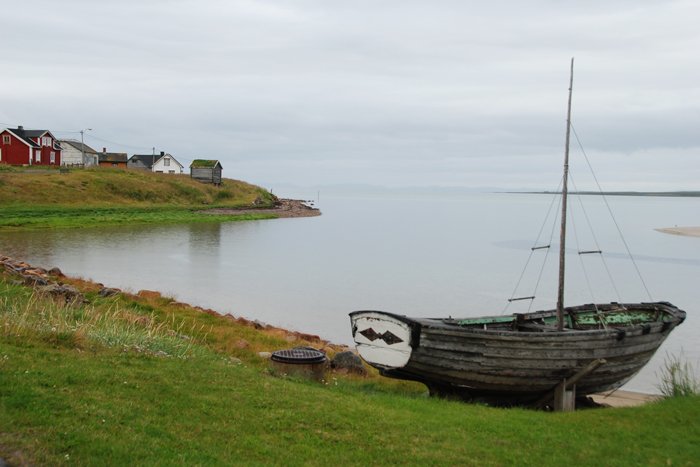
From 1740 to 1917 (The Russian revolution) the people here traded fish for timber with the Russians - this trade was called the Pomor trade. Around the turn of the century (1900) depopulation began at the same time as the modernization of the fisheries began. During WWII the Germans occupied this part of the country in order to attack the Soviet Union from here. When they withdrew they burnt everything behind them. Finnmark was literally "leveled with earth"

One day we followed the coast east along the Barents Sea to make stops in some of the small fishing villages. From Vadsø we drove to Kiberg to make our first stop. A 50 kilometers drive. On the way back to Vadsø we made a stop in Ekkerøy.
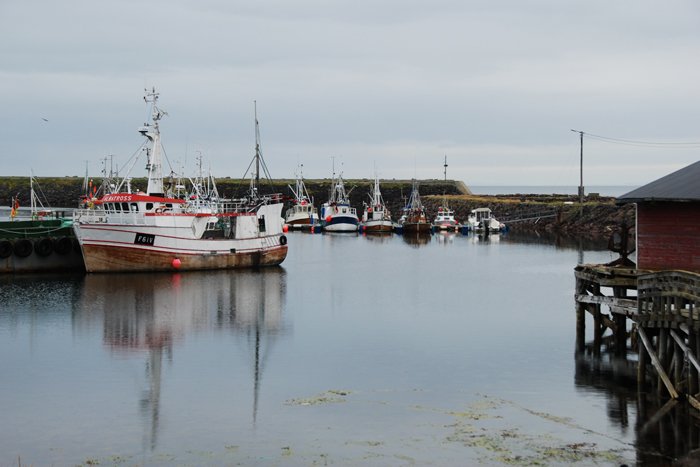
Kiberg is situated at the easternmost spot on the Norwegian mainland. Walking around in this little village we didn't meet any people. But the fishing boats in the port testified that fishing is still going on. Judging from the number of houses, I don't think there can't be more than a hundred people living here. Many of the houses looked neglected.
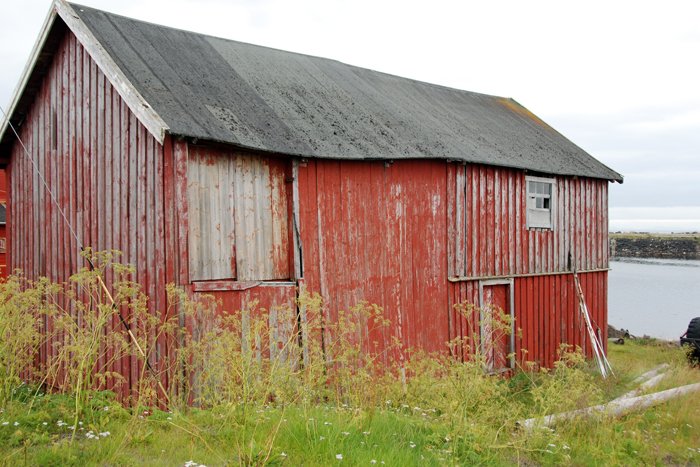
My friend, who knows the history of the place quite well, told me some interesting things about Kiberg: During the Pomor trade Kiberg was called «Little Moscow»! That proves the close connections the village had to Russia. Another interesting fact is what happend during WWII when Germany took control of Eastern Finnmark in 1941 to prepare the attack against the Soviet Union.

Because of these close ties it was natural that the people who lived here traveled across the Varanger Fjord to the Soviet Union during the German occupation. After arrival they were transportet to Mumansk and those willing to fight for the Soviet Union were sent back to Norway to spy. There is a small museum in Kiberg worth visiting as it tells the story of the occupation and what it meant to people living here.
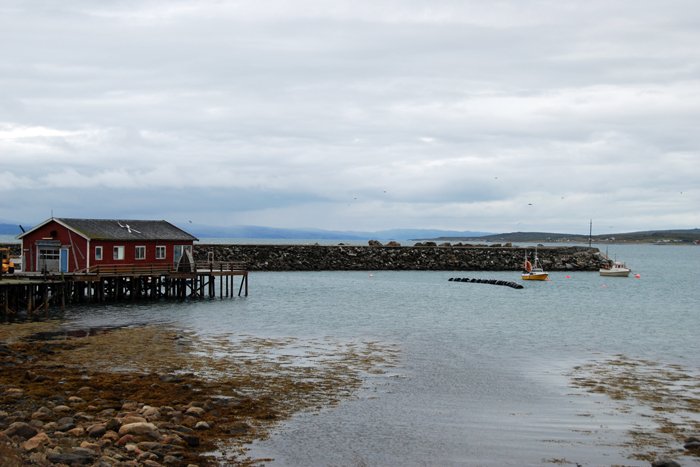
Our next stop was Ekkerøy. I think it is one of the most beautiful small villages I saw. There is a beach here! My friend told me that during the summer months, many people from the surrounding area will come here to swim! I was here in august and it was cold. I can't imagine people swimming here. Not even in July! There is hardly more than 50 people living here, but she told me that there are more people during the summer as many come to stay in the old houses.

This is also one of the fishing villages where you will find many memories of WWII. One of the most important companies was a shrimp factory from around the 1900s. It survived the war. Probably because the Germans occupants built a barrack in connection with the factory. It is closed, but has been restored. It is actually possible to come on a guided tour in the summer.

Because of the German occupancy the people of Ekkerøy became part of the front. The Germans built barracks, a gun battery and even a railway for a quarry. The remains still exist as silent testimony of the activity that once went on here.
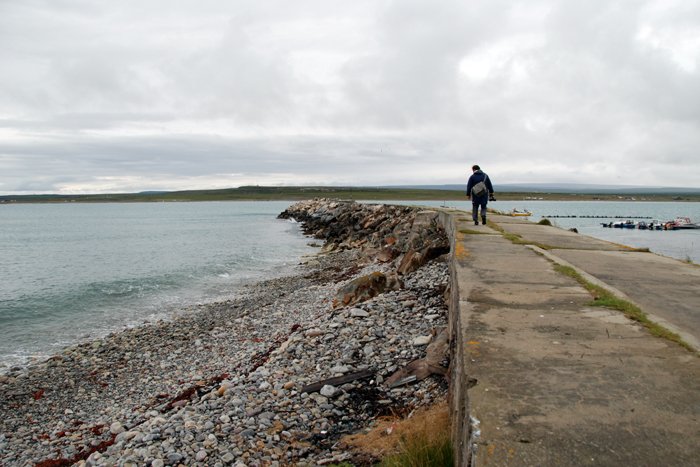
During the autumn of 1944, the German forces in Northern Norway were pushed west by the Red Army. A massive German withdrawal began - the operation Nordlicht (Northern Light) consisting of around 200.000 soldiers conducting a scorched earth withdrawal. They burned everything on their way.

A visit to Finnmark county and the Varanger Peninsula might be a place less traveled to most people because of the remote location. Spectacular landscape by the arctic ocean is well worth coming here for.
Sources:
The Partisan musem located in Kiberg
https://en.wikipedia.org/wiki/Kiberg
Please do follow if you want to keep up with my next travel story. Any upvotes or resteems are hugely appreciated!
Latest travel stories, check out :
Denmark – from "rags to riches" in a place where it all started out with fishing sheds
U.J
Kristiansand, Norway
All the photoes are mine, Ulla Jensen (flickr, Instagram and facebook)
[//]:# (!steemitworldmap 70.086376 lat 29.753478 long Norway - One of the most extreme places in Europe d3scr)Latest content: Travel, Art, Food, Article, Poetry




